May 24, 2025 | 16:25 GMT +7
May 24, 2025 | 16:25 GMT +7
Hotline: 0913.378.918
May 24, 2025 | 16:25 GMT +7
Hotline: 0913.378.918
At the questioning session of Government members of the National Assembly on the afternoon of November 6, National Assembly delegate Nguyen Tuan Anh (Long An delegation) raised the issue: “Resolution No. 499 of the 15th National Assembly Standing Committee requires appropriate mechanisms and policies to solve the problem of environmental pollution of the Bac Hung Hai irrigation system. However, monitoring by the National Assembly's Science, Technology and Environment Committee shows that the water pollution situation in the Bac Hung Hai system has not been completely resolved and there are still many difficulties".
Delegate Tuan Anh requested Minister of Natural Resources and Environment Dang Quoc Khanh to inform about what are the policies that the Ministry issued or advised on promulgating and basic solutions to solve environmental pollution in the Bac Hung Hai system?
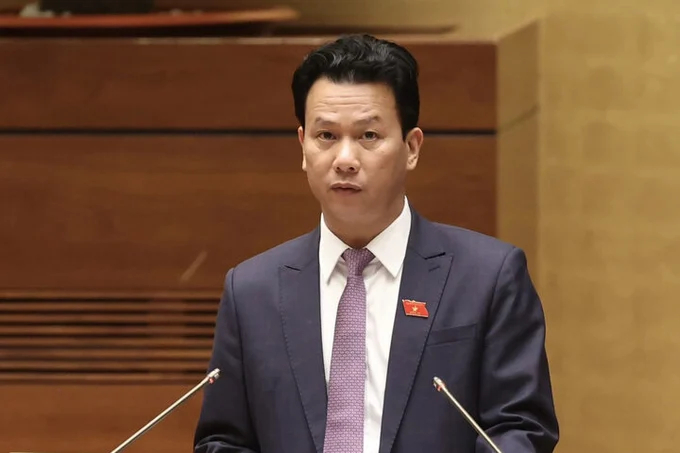
Minister of Natural Resources and Environment Dang Quoc Khanh proposed a group of solutions to handle the problem of pollution in the Bac Hung Hai and Cau River irrigation systems. Photo: Tung Dinh.
Responding to this issue, Minister Dang Quoc Khanh said, the construction of the Bac Hung Hai irrigation system was directed by President Ho Chi Minh and on October 1, 1958, it was started by the late Prime Minister Pham Van Dong. This is an irrigation system that supplies water and serves agricultural production for the Northern Delta provinces.
Implement the National Assembly's monitoring program and questions from delegates, The Ministry of Natural Resources and Environment has coordinated with ministries, departments and branches to check the pollution problem of the Bac Hung Hai system. It can be seen that, from an irrigation system, Bac Hung Hai is taking on another task of carrying the "burden" of waste discharge for part of Hanoi city and the provinces of Hai Duong, Bac Ninh, and Hung Yen.
According to monitoring data, the Bac Hung Hai system must receive 450,000 to 500,000 m3 of wastewater from localities every day. In which, the Xuan Thuy sewer area must receive about 260,000m3/day of wastewater from the Long Bien and Gia Lam districts (Hanoi).
Wastewater sources include several types, firstly from industrial parks, industrial clusters, and craft villages. The second type is from urban and residential areas. Currently, most urban areas and residential areas in localities do not have waste treatment systems, and household water mixed with rainwater is discharged into Bac Hung Hai.
Recently, Hanoi has also tried to build a wastewater treatment plant, but the works have not been completed. All 2 districts of Long Bien and Gia Lam still discharge wastewater directly to the Bac Hung Hai system.
According to Minister Dang Quoc Khanh, recently, Deputy Prime Minister Tran Hong Ha chaired the Government meeting. He requires ministries, branches and localities to continue to have appropriate, radical solutions, both short-term and long-term, to handle pollution in the Bac Hung Hai system.
“Recently, the Ministry of Natural Resources and Environment coordinated with the Ministry of Public Security to focus on reviewing industrial parks and industrial clusters. They have administratively sanctioned many businesses that discharge waste in contravention of regulations," Mr. Khanh said.
The Ministry of Natural Resources and Environment will also continue to monitor water resources in the irrigation system and work with localities to use resources, attempting to treat urban and rural wastewater before discharging into this system. Currently, some localities, especially Hung Yen, have solutions for communes and residential units to collect and treat rural wastewater.
Also according to Mr. Khanh, to ensure that urban and rural wastewater sources are treated before being discharged into the environment, there must be a collection system. We have to spend a lot of resources, not to mention that when building a wastewater treatment plant, we also have to operate the plant.
“With the Bac Hung Hai system, we have made proposals and worked with localities to try to find solutions. However, the pollution problem of Bac Hung Hai is similar to the problem in Cau River. The Ministry of Natural Resources and Environment has reported to the Government to propose that competent authorities need to have a national target program to handle dead rivers and deal with environmental pollution, garbage and wastewater in general", Minister Dang Quoc Khanh shared.
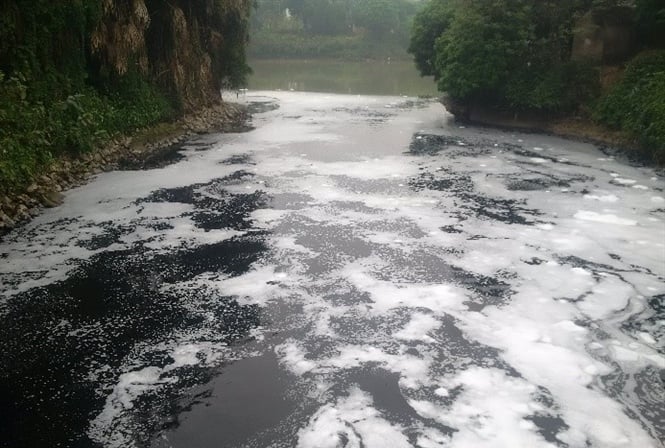
Cau Bay River water flows into the Bac Hung Hai River system through Xuan Thuy sewer (Kiao Ky commune, Gia Lam district, Hanoi) causing pollution, the water is black and white foaming. Photo: Minh Phuc.
Second, there needs to be a policy mechanism to mobilize socialized resources to call on businesses to manage and treat wastewater and waste. Associated with that is a policy mechanism forcing individuals, organizations and units that discharge waste into the environment must contribute to wastewater treatment.
Third is to continue propaganda and advocacy work from the people, units and businesses to strictly implement the Environmental Protection Law and guiding documents to ensure control of the amount of waste.
Fourth is to strengthen monitoring work, especially the Bac Hung Hai system as well as the Cau River system. Currently, the Ministry of Natural Resources and Environment has increased investment in building monitoring systems together with the Departments of Natural Resources and Environment, connecting monitoring data to the Ministry and localities in order to control, promptly detect, inspect and monitor waste discharge.
In addition, provinces need to have plans to move traditional craft villages to centralized areas to collect and treat waste from craft villages. Only then can we completely solve the problem of environmental pollution. This issue requires both central and local budgets to implement, and provinces must also coordinate with each other.
Translated by Hoang Duy
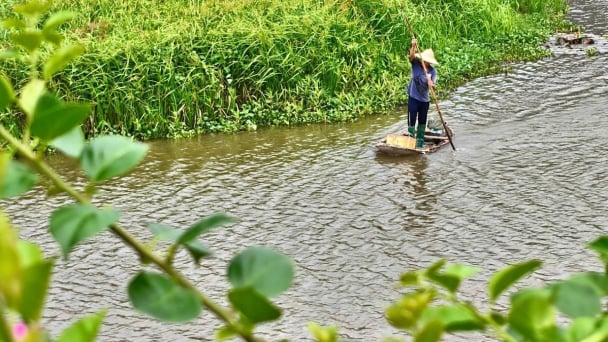
(VAN) In the tranquil wetlands of Van Long, there are quiet souls who guard the forests, nurture the waters, and oversee every bird and troop of langurs as protecting the essence of a living heritage.
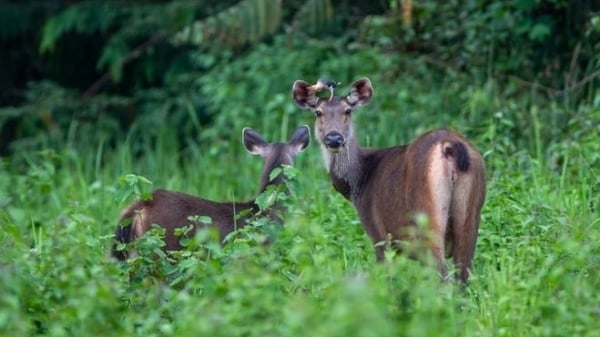
(VAN) WWF, GIZ, IUCN, UNDP call for biodiversity conservation and sustainable development must be regarded as a unity in strategies for a green future.
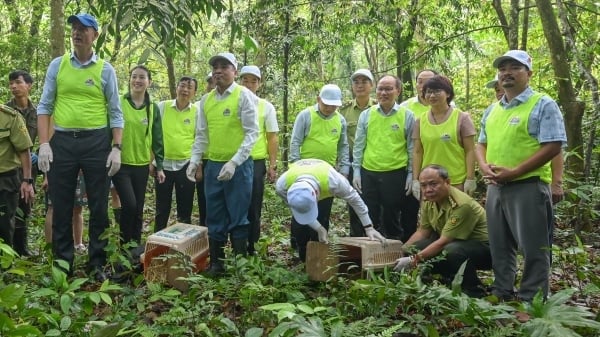
(VAN) On celebration of International Day for Biological Diversity, Deputy Minister Nguyen Quoc Tri called for practical actions to address nature and biodiversity conservation.
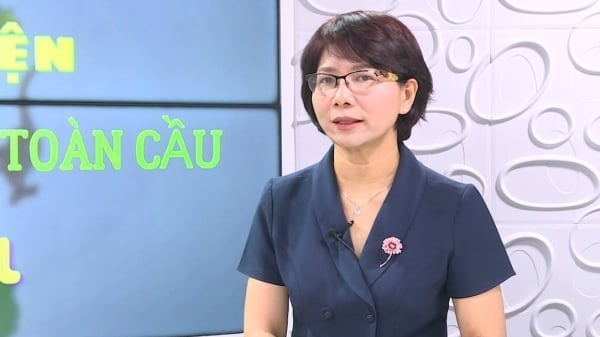
(VAN) Dr. Hoang Thi Thanh Nhan – Deputy Director of the Nature and Biodiversity Conservation Agency – highlighted this on the International Day for Biological Diversity, May 22, 2025.
![Ho Chi Minh city adapts to climate change: [2] Accelerating action](https://t.ex-cdn.com/nongnghiepmoitruong.vn/608w/files/chiqk/2025/05/22/4024-4220-bien-doi-khi-hau-1-100626_766.jpg)
(VAN) Clearly recognizing the challenges posed by climate change, Ho Chi Minh city has swiftly shaped its policies and implemented practical solutions to adapt.
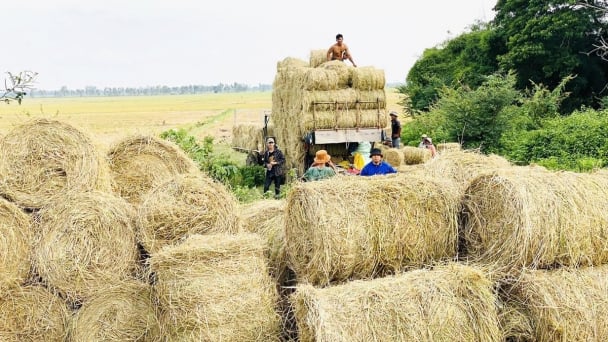
(VAN) Rice straw is no longer just a discarded byproduct, but it is becoming a green resource that helps farmers in the Mekong Delta reduce emissions and promote circular, sustainable agriculture.
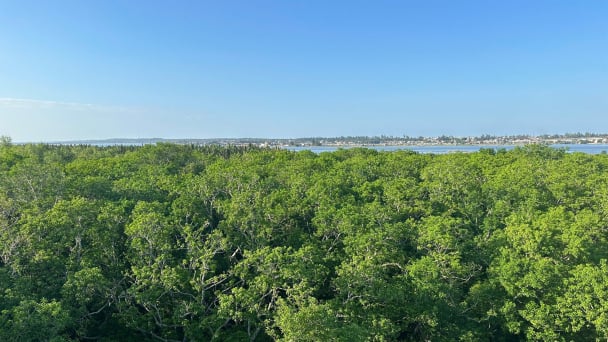
(VAN) Other Effective Area-based Conservation Measures (OECMs) are solutions that contribute effectively to achieving the goals of the Kunming–Montreal Global Biodiversity Framework.